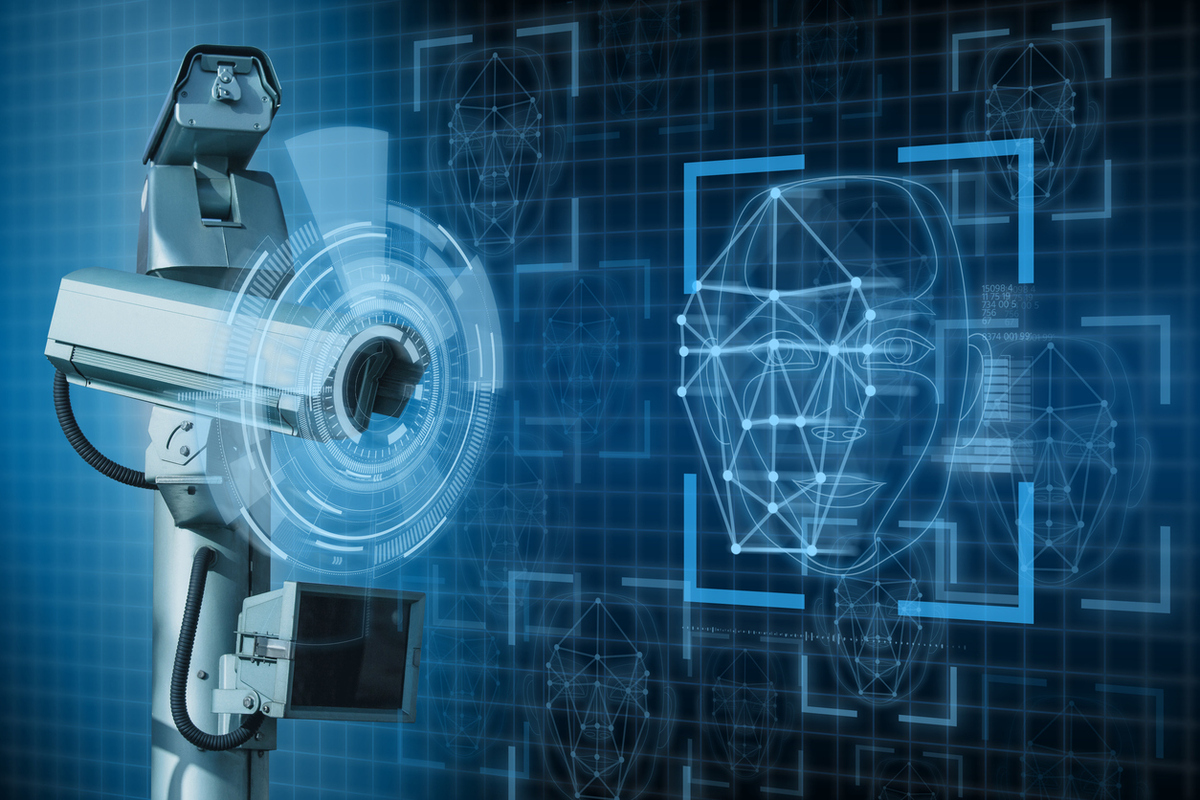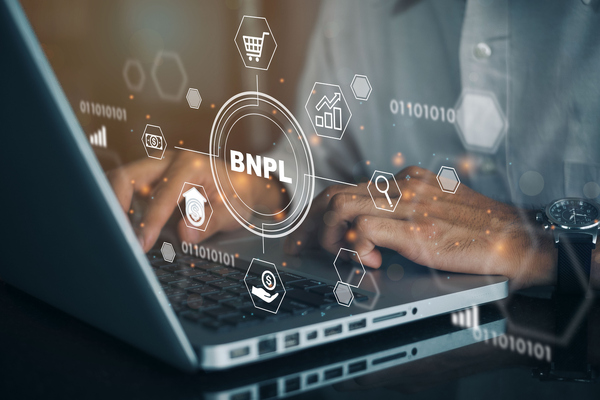A new ‘pair of eyes’ for the insurer of the future
Video recognition has become an essential capability across P&C lines, by turning passive footage into real-time, auditable signals that help reduce loss, accelerate claims and reinvent prevention

For a decade, players in the insurance arena have proven the value of insurance IoT that uses specialised sensors, such as auto telematics, water and electrical fire mitigation, wearables and industrial monitoring. Their use has already shown its effectiveness in impacting core insurance processes, enhancing the customer experience, developing new business opportunities and improving sustainability in multiple insurance business lines.

Video recognition extends that paradigm, transforming cameras into the most versatile “sensor” that feed edge or cloud models – detecting objects, behaviours and events in real time, and triggering action, not just recording for later review. The core promise is threefold: prevent incidents (“connect and protect”), match rate to risk with richer behavioural evidence, and compress the claims cycle through objective video-backed adjudication.
The IoT Insurance Observatory recently published a paper, Video Recognition: A Necessary AI Capability for the Insurer of the Future, which provides a crisp, practitioner-oriented argument for why camera-based AI has moved from an interesting pilot to an essential capability across P&C lines.
The technology has evolved from brittle, rules-based “motion detection” to deep learning at scale, and onward to visual-language models and conversational interfaces that make footage searchable and workflows automatable.
Its impact on the insurance value chain is clear:
- Prevention (“connect and protect”): real-time detection of risky behaviours and environments; immediate alerts to workers or drivers; systematic coaching based on measured behaviour
- Risk selection and pricing: continuous, contextual behaviour signals that sharpen risk segmentation and reduce premium leakage
- Claims speed and fairness: objective video evidence that improves FNOL, triage, liability assessment and fraud containment, while reducing friction and cycle time.
Different case histories have proven the effectiveness of this approach.
Seven years in, Japan’s Tokio Marine has enrolled more than a million personal-auto customers in a dashcam-based service (Drive Agent Personal), priced at around $5 per month. The device blends video with GPS and accelerometers and includes LTE connectivity and live voice support (including an e-call button). Three pillars anchor the value proposition:
- Advanced accident response: automatic upload of crash footage and real-time contact from TM’s Accident Reception Centre, with the ability to dispatch emergency services immediately
- Real-time risk prevention: in-car visual and audio warnings for tailgating, lane departures, sudden manoeuvres and drowsiness or distraction (with an inward camera in the latest model)
- Behaviour feedback: periodic safe-driving reports to promote sustained behavioural change
On the claims side, AI reconstructs accidents and estimates fault share, materially shortening negligence negotiations in Japan while lowering staff workload and customer stress.
This approach showed a 20 per cent reduction in the loss ratio when comparing customers pre- and post-enrolment. It also lifts retention and creates fee revenue – evidence that prevention can be a P&L win across both loss and top-line levers.
In the US workers’ compensation market, The Hartford pairs vetted computer-vision vendors with its Risk Engineering Organisation to gather insights from facility cameras (or install new ones when needed). This worker safety and productivity program detect ergonomics issues, powered-equipment risks, slip/trip/fall precursors, blocked egress, “caught-in” hazards and PPE gaps. The insurer then translates detections into prioritised interventions, coaching and workstation redesign.
What stands out is the operational cadence: automated reports flow to both customer and carrier; policyholders can set real-time notifications; The Hartford engineers sit with the data to co-design changes. Results include rapid identification of forklift visibility and load-securement risks, followed by targeted actions that materially cut risky events per hour of activity and reduced ergonomic incident rates – backed by trend monitoring to sustain gains. The Hartford’s “connect and protect” programs, which are based on the promotion of safer behaviours, have demonstrated a convincing reduction in claim frequency.
Relyens, a leading European mutual insurer specialised in medical malpractice, now provides hundreds of hospitals with IoT- and AI-driven preventive services. Video recognition-based applications for both real-time actions and constant promotion of safer behaviour have substantially improved the ability of hospitals to minimise procedural inconsistencies and address gaps in surgical practices.
For carriers who are weighing adding a new pair of eyes to their capabilities, the video recognition playbook is persuasive: sell peace of mind and faster help, wrap a layer of prevention around the risk transfer contract and focus on what generates the most from your loss ratio.
By Matteo Carbone, founder, The IoT Insurance Observatory, co-founder of VDocet and Chairman of Net Insurance’s Innovation Advisory Board

Business Reporter Team
You may also like
Most Viewed
Winston House, 3rd Floor, Units 306-309, 2-4 Dollis Park, London, N3 1HF
23-29 Hendon Lane, London, N3 1RT
020 8349 4363
© 2025, Lyonsdown Limited. Business Reporter® is a registered trademark of Lyonsdown Ltd. VAT registration number: 830519543



